This is how you really do it like the news view in the Stocks app
First add 2 constraints in Storyboard to the sliding view, one for it's state when it's fully opened and one for when it's closed. Don't forget to leave one of the constraints disabled / not installed so that your view will look opened or closed when the scene is reached.
Reference them in your code
@IBOutlet weak var optionsOpenedConstraint: NSLayoutConstraint!
@IBOutlet weak var optionsVisiableConstraint: NSLayoutConstraint!
now add the UIPanGestureRecognizer to your view in the viewDidLoad function.
let gesture = UIPanGestureRecognizer(target: self, action: #selector(type(of: self).wasDragged(gestureRecognizer:)))
optionsView.addGestureRecognizer(gesture)
finally add this callback and 2 functions:
@objc func wasDragged(gestureRecognizer: UIPanGestureRecognizer) {
let distanceFromBottom = screenHeight - gestureRecognizer.view!.center.y
if gestureRecognizer.state == UIGestureRecognizer.State.began || gestureRecognizer.state == UIGestureRecognizer.State.changed {
optionsOpenedConstraint.isActive = false
optionsVisiableConstraint.isActive = false
let translation = gestureRecognizer.translation(in: self.view)
if((distanceFromBottom - translation.y) < 100) {
gestureRecognizer.view!.center = CGPoint(x: gestureRecognizer.view!.center.x, y: gestureRecognizer.view!.center.y + translation.y)
gestureRecognizer.setTranslation(CGPoint(x: 0, y: 0), in: self.view)
}
}
if gestureRecognizer.state == UIGestureRecognizer.State.ended{
if distanceFromBottom > 6{
openOptionsPanel()
}else{
closeOptionsPanel()
}
}
}
func openOptionsPanel(){
optionsOpenedConstraint.isActive = true
optionsVisiableConstraint.isActive = false
UIView.animate(withDuration: 0.5) {
self.view.layoutIfNeeded()
}
}
func closeOptionsPanel(){
optionsOpenedConstraint.isActive = false
optionsVisiableConstraint.isActive = true
UIView.animate(withDuration: 0.5) {
self.view.layoutIfNeeded()
}
}
and voalá


